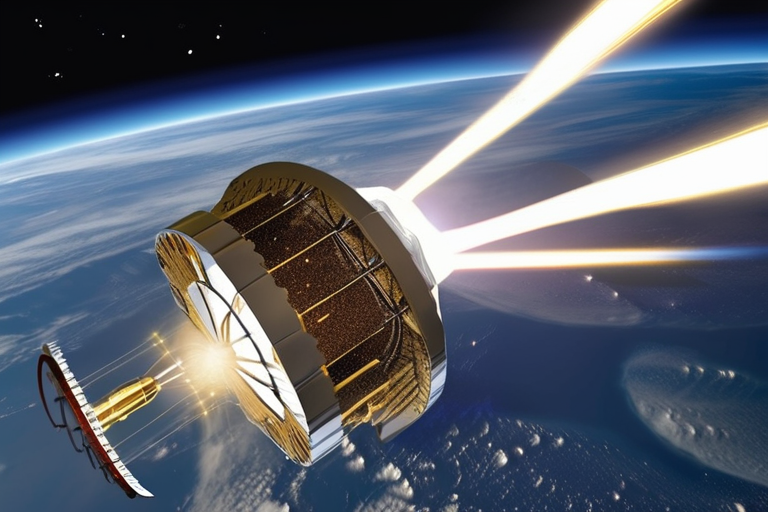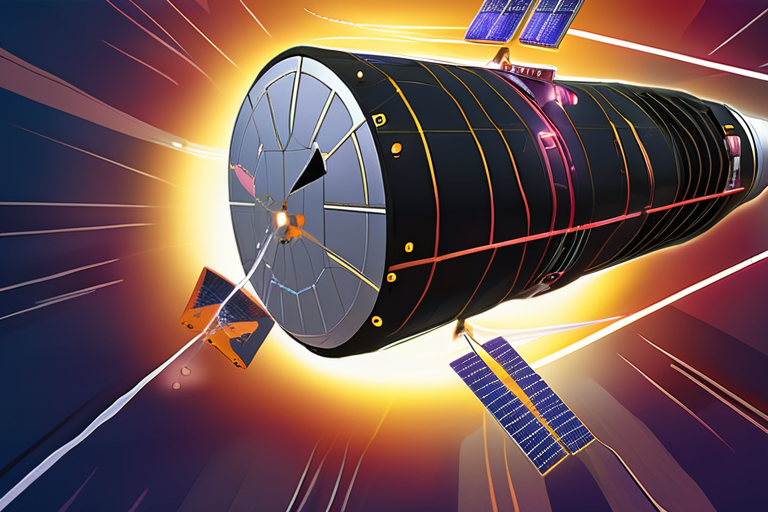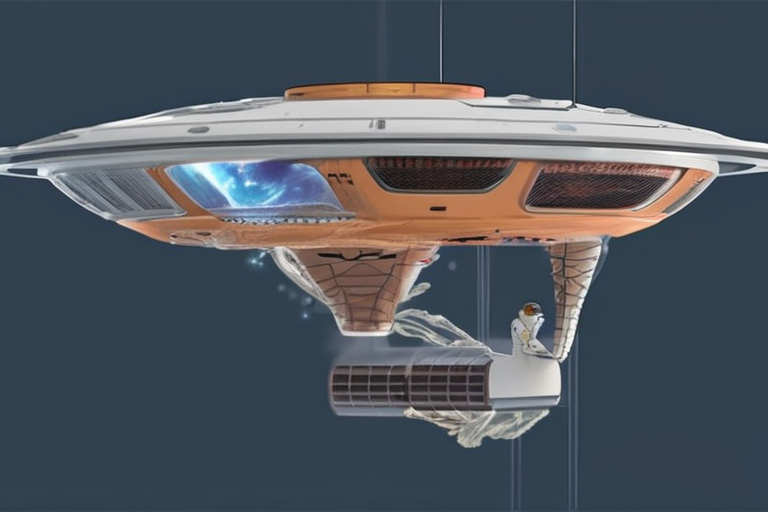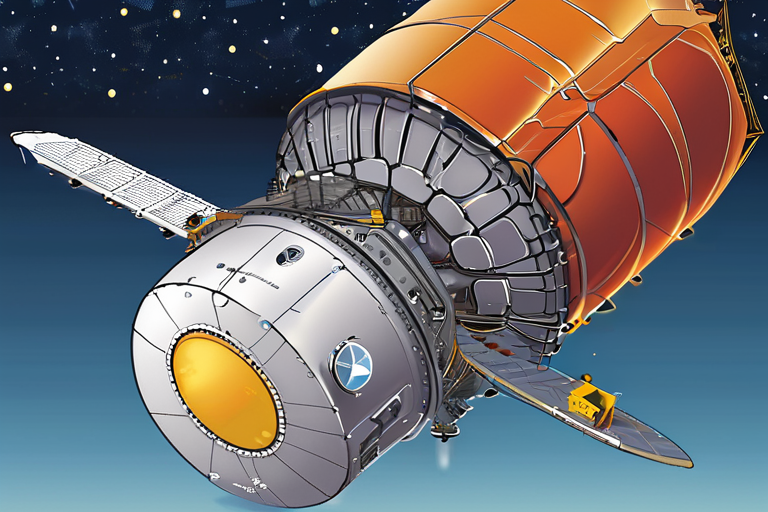Removing 50 Objects from Orbit Would Cut Danger from Space Junk in Half
SYDNEY, Australia (September 22, 2023) - A new study presented at the International Astronautical Congress here has identified 50 of the most concerning pieces of space debris in low-Earth orbit, with experts warning that removing these objects would significantly reduce the risk of collisions and subsequent creation of more junk.
According to Darren McKnight, lead author of the paper, "The things left before 2000 are still the majority of the problem." He noted that 76% of the top 50 objects were deposited last century, with 88% being rocket bodies. This is particularly concerning given the increasing trend of space debris.
"These old rockets are still whizzing around the Earth at nearly 5 miles per second," McKnight said. "An impact with even a modestly sized object at orbital velocity would create new debris fragments, perpetuating the problem."
The 50 objects identified by McKnight and his coauthors are located in a heavily trafficked part of low-Earth orbit (LEO) between 700 and 1,000 kilometers above the Earth. This area is used by numerous satellites and spacecraft, increasing the risk of collisions.
McKnight emphasized that removing these 50 objects would cut the danger from space junk in half, citing studies that have shown a direct correlation between debris removal and reduced collision risks.
The study's findings have significant implications for global efforts to mitigate the growing problem of space debris. The European Space Agency (ESA) has already begun developing strategies to remove large pieces of debris from orbit, while NASA is exploring new technologies to capture and de-orbit smaller objects.
"This is a critical issue that requires international cooperation," said McKnight. "We need to work together to develop effective solutions to this problem before it's too late."
The International Astronautical Congress, held every two years, brings together experts from around the world to discuss the latest developments in space exploration and technology. The conference has sparked renewed interest in addressing the issue of space debris, with many countries pledging to increase their efforts to mitigate the problem.
As the global community continues to explore and utilize space, the need for effective management of space debris becomes increasingly pressing. Removing these 50 objects from orbit would be a significant step forward in reducing the risks associated with space junk, but it is just one part of a larger effort to address this complex issue.
Background:
The problem of space debris has been growing steadily over the past few decades, with estimates suggesting that there are now over 500,000 pieces of debris in low-Earth orbit. This includes old satellites, rocket parts, and other objects that have reached the end of their useful lives but remain in orbit.
Additional Perspectives:
"This study highlights the urgent need for international cooperation on space debris mitigation," said Dr. Maria Zuber, a leading expert on space debris at MIT.
"Removing these 50 objects would be a significant step forward, but it's just one part of a larger effort to address this complex issue," added Dr. Brian Weeden, executive director of the Secure World Foundation.
Current Status and Next Developments:
The study's findings have sparked renewed interest in addressing the issue of space debris, with many countries pledging to increase their efforts to mitigate the problem. The European Space Agency (ESA) has already begun developing strategies to remove large pieces of debris from orbit, while NASA is exploring new technologies to capture and de-orbit smaller objects.
In the coming months, experts will gather at the United Nations Committee on the Peaceful Uses of Outer Space (COPUOS) to discuss the issue of space debris and develop a global strategy for mitigation. The outcome of these discussions will have significant implications for the future of space exploration and utilization.
*Reporting by Arstechnica.*



 Hoppi
Hoppi

 Hoppi
Hoppi

 Hoppi
Hoppi

 Hoppi
Hoppi

 Hoppi
Hoppi

 Hoppi
Hoppi











